
Origins of the Crash
The Great Bubble and Its Undoing
Used by arrangement with Penguin Putnam, Inc.
ISBN: 9780143034674
Pages: 272
Read offline
Recommendation
Accomplished financial journalist Roger Lowenstein weaves a captivating tale in this history of the late 1990s market boom and subsequent bust. The story reads like a thriller, complete with powerful bad guys (played here by CEOs), innocent bystanders (ordinary investors) and hapless observers (ineffective government regulators). While it does not offer specific tips on avoiding fraud or implementing change on Wall Street – indeed, the author admits that real change in that bastion of enlightened self-interest may be impossible – this book is a valuable cautionary tale. Lowenstein traces the evolution of creative accounting practices that blossomed into blatant fraud and eventual bankruptcy, finally forcing the notoriously pro-business Bush administration into pushing for corporate governance reform. Along the way, he exposes the myths of the dot-com era and deconstructs the sham of shareholder value. He makes trenchant observations about a financial culture that allowed the ultra rich to get richer, while fully half of Americans never participated in the boom or benefited from it, although everyone paid the price of the bust. getAbstract recommends this book to anyone who lost money when the bubble burst – better luck next time.
Take-Aways
About the Author
Roger Lowenstein is the author of the bestselling Buffett: The Making of an American Capitalist and When Genius Failed: The Rise and Fall of Long-term Capital Management. He reported for The Wall Street Journal for more than a decade and wrote the Journal’s "Heard on the Street" and "Intrinsic Value" columns. He still writes for the Journal as well as The New York Times Magazine, and is a columnist for SmartMoney magazine.








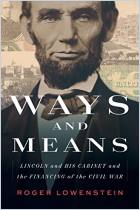
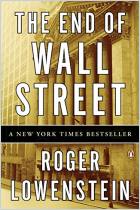
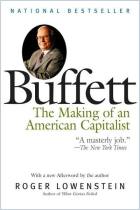
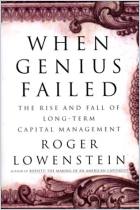
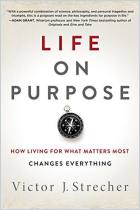
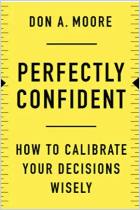


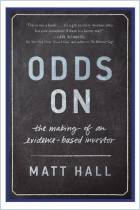
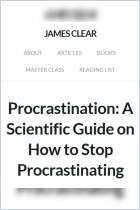



Comment on this summary or Start Discussion